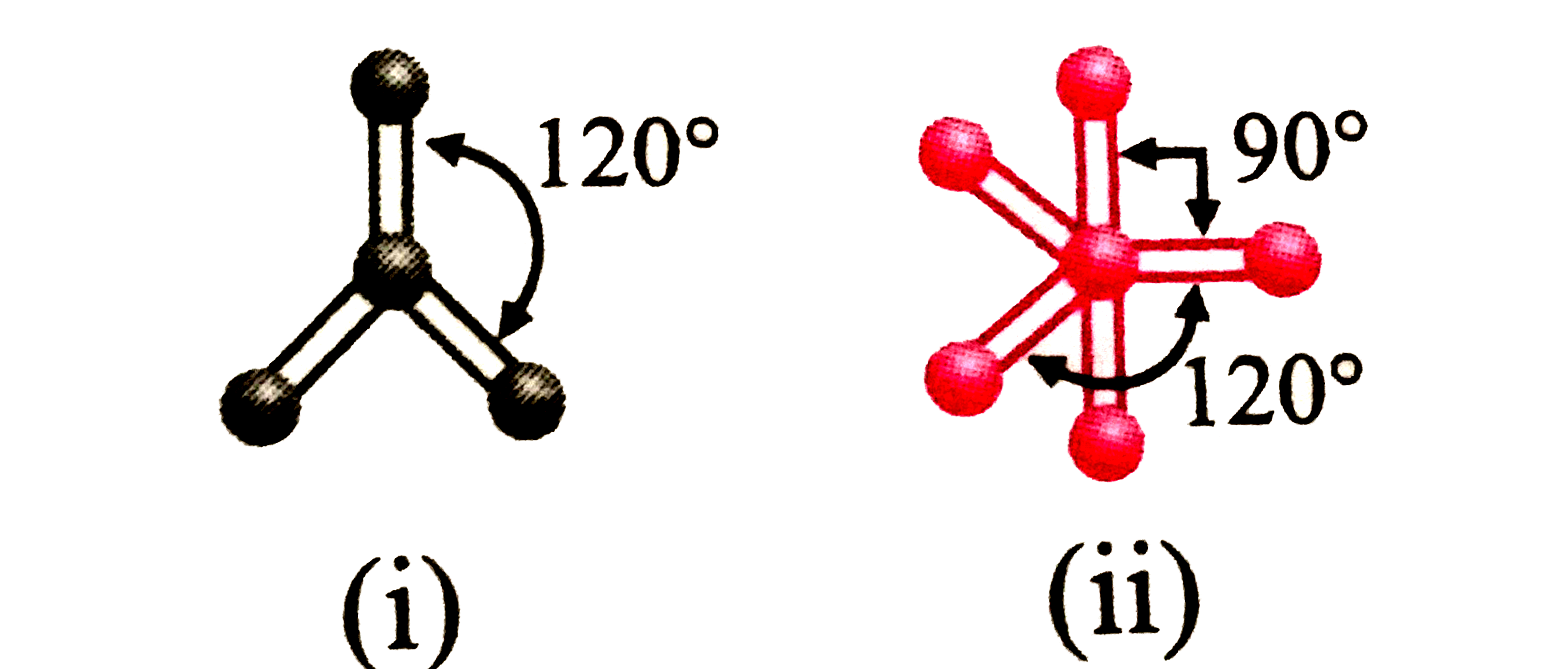Can you attempt building models of biomolecules using commercially available atomic models (Ball and Stick models).
Step-by-Step Solution:
1. Understanding Biomolecules: Begin by recognizing that biomolecules such as carbohydrates, proteins, nucleic acids, and lipids can be represented in three-dimensional space to understand their structure and function better.
2. Introduction to Ball and Stick Models: Familiarize yourself with the ball and stick model, which is a common way to visualize molecular structures. In this model, atoms are represented by colored balls, and the bonds between them are represented by sticks.
3. Identifying Atoms: In the ball and stick model:
- Different colors are used to represent different types of atoms. For example, in the case of D-glucose:
- Red balls typically represent oxygen atoms (O).
- Blue balls represent hydrogen atoms (H).
- Other colors (like black or grey) may represent carbon atoms (C).
4. Building the Model:
- Gather a set of commercially available ball and stick model kits.
- Start by assembling the carbon backbone of the biomolecule. For D-glucose, there are six carbon atoms.
- Attach oxygen and hydrogen atoms according to the molecular formula of D-glucose (C6H12O6).
- Use sticks to connect the balls, which represent the covalent bonds between the atoms.
5. Finalizing the Model: Once all atoms are connected correctly, review the structure to ensure it matches the known structure of the biomolecule. Make any necessary adjustments to ensure accuracy.
6. Understanding the Importance: Recognize that building these models helps in visualizing the spatial arrangement of atoms in biomolecules, which is crucial for understanding their biochemical properties and interactions.
---
- Different colors are used to represent different types of atoms. For example, in the case of D-glucose:
- Red balls typically represent oxygen atoms (O).
- Blue balls represent hydrogen atoms (H).
- Other colors (like black or grey) may represent carbon atoms (C).
- Gather a set of commercially available ball and stick model kits.
- Start by assembling the carbon backbone of the biomolecule. For D-glucose, there are six carbon atoms.
- Attach oxygen and hydrogen atoms according to the molecular formula of D-glucose (C6H12O6).
- Use sticks to connect the balls, which represent the covalent bonds between the atoms.
Topper's Solved these Questions
Similar Questions
Knowledge Check
The Bohr model of atoms
Aassumes that the angular momentum of electrons is quantized .Buses Einstein's photoelectirc equation.Cpredicts continous emission spectra for atoms.Dpredicts the same emission spectra for all types of atoms.
Which molecule is depicted by the given ball and stick models ?

View SolutionThe Bohr model of atoms
View SolutionIn Bohr's atom model,
View SolutionWho proposed the first model of atom?
View SolutionAccording to Bohr's atomic model
View SolutionBohr's model can explain
View SolutionBohr's model can explain
View Solution
